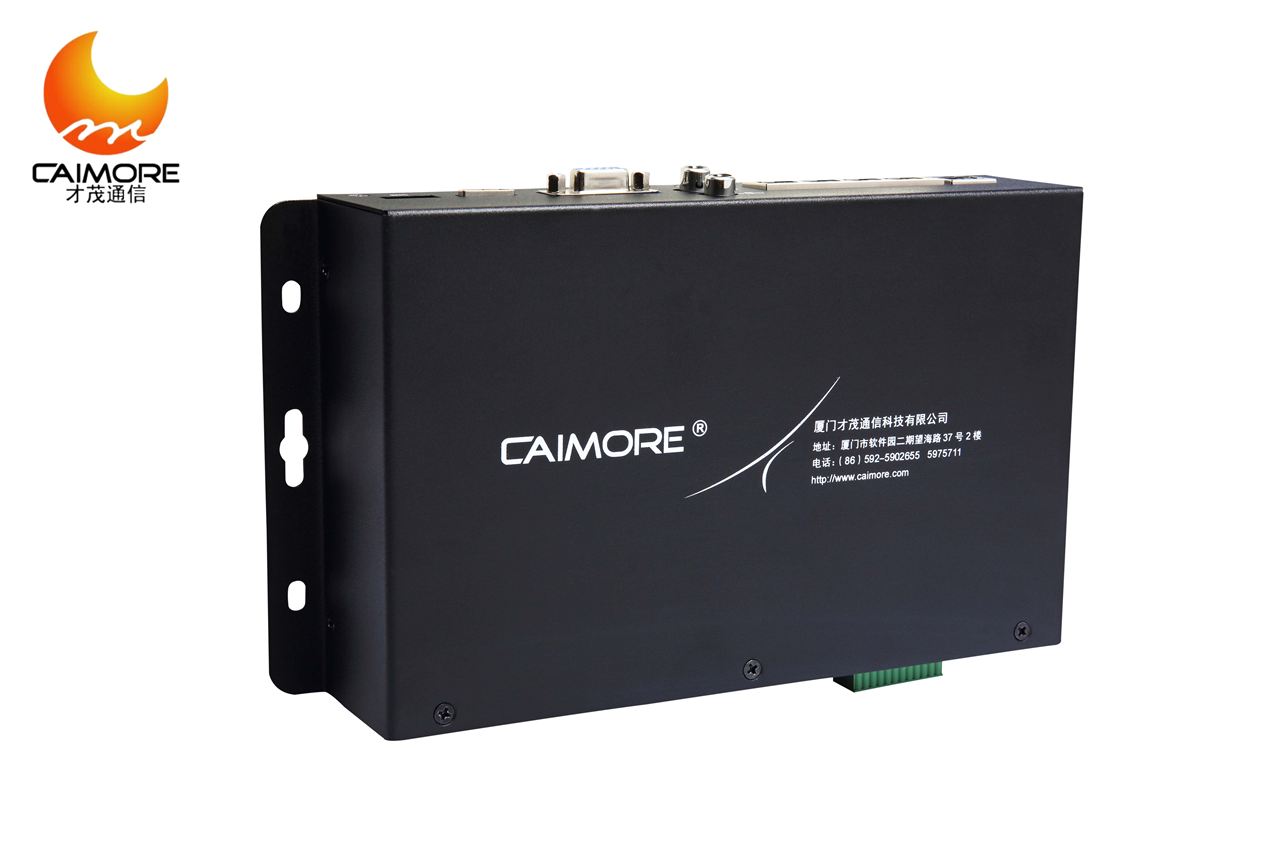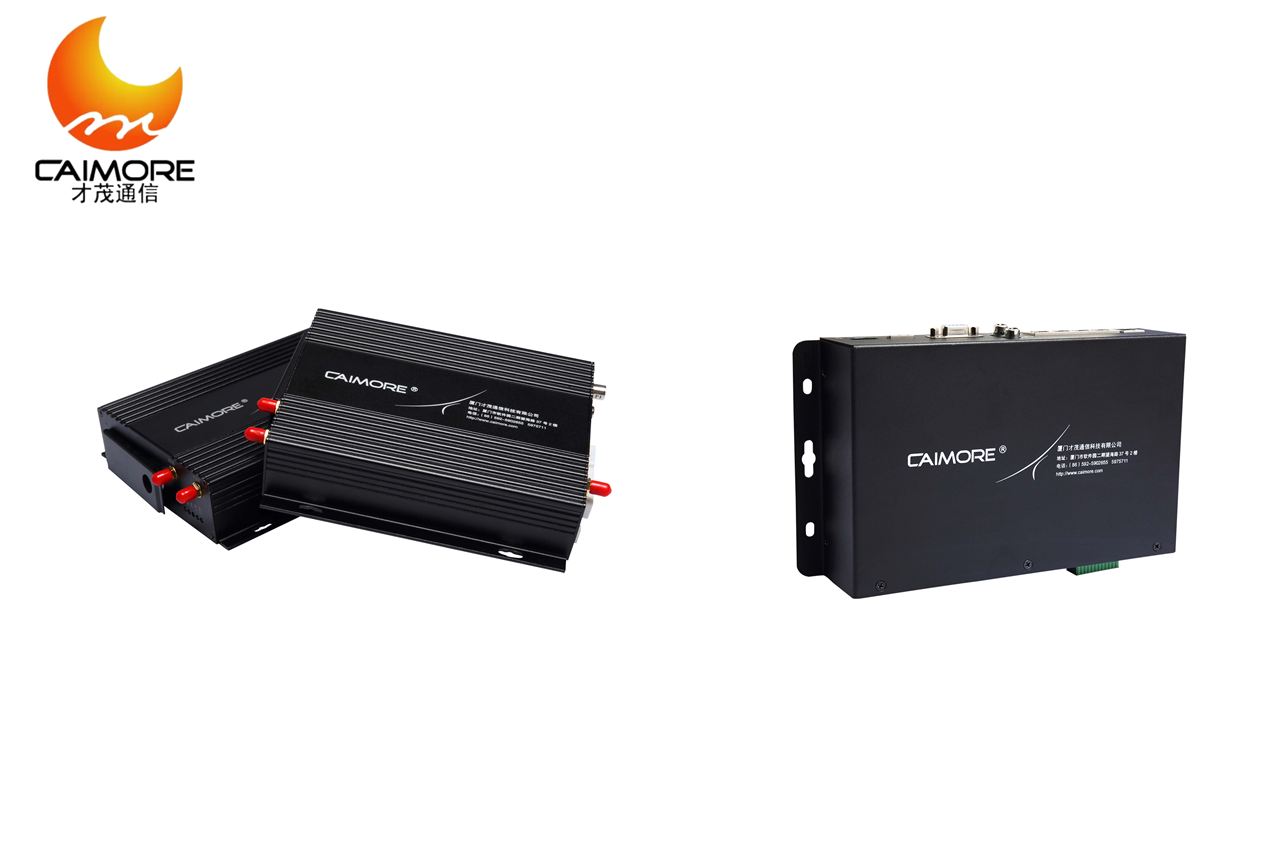Application industry
The equipment meets the parts processing requirements of most industries, working accuracy is stable. At present, laser cutting machines have been widely used in electronics, electrical, mechanical hardware, new energy lithium, packaging, solar, LED, automotive and other industries.



Metal Sheet And Tube Cutting Machines
Metal Sheet Cutting Machines,Metal Tube Cutting Machines,Sheet Metal Cutting Machine,Metal Cutting Machine
Jinan Bodor CNC Machine Co., Ltd. , https://www.bodorcnc.com